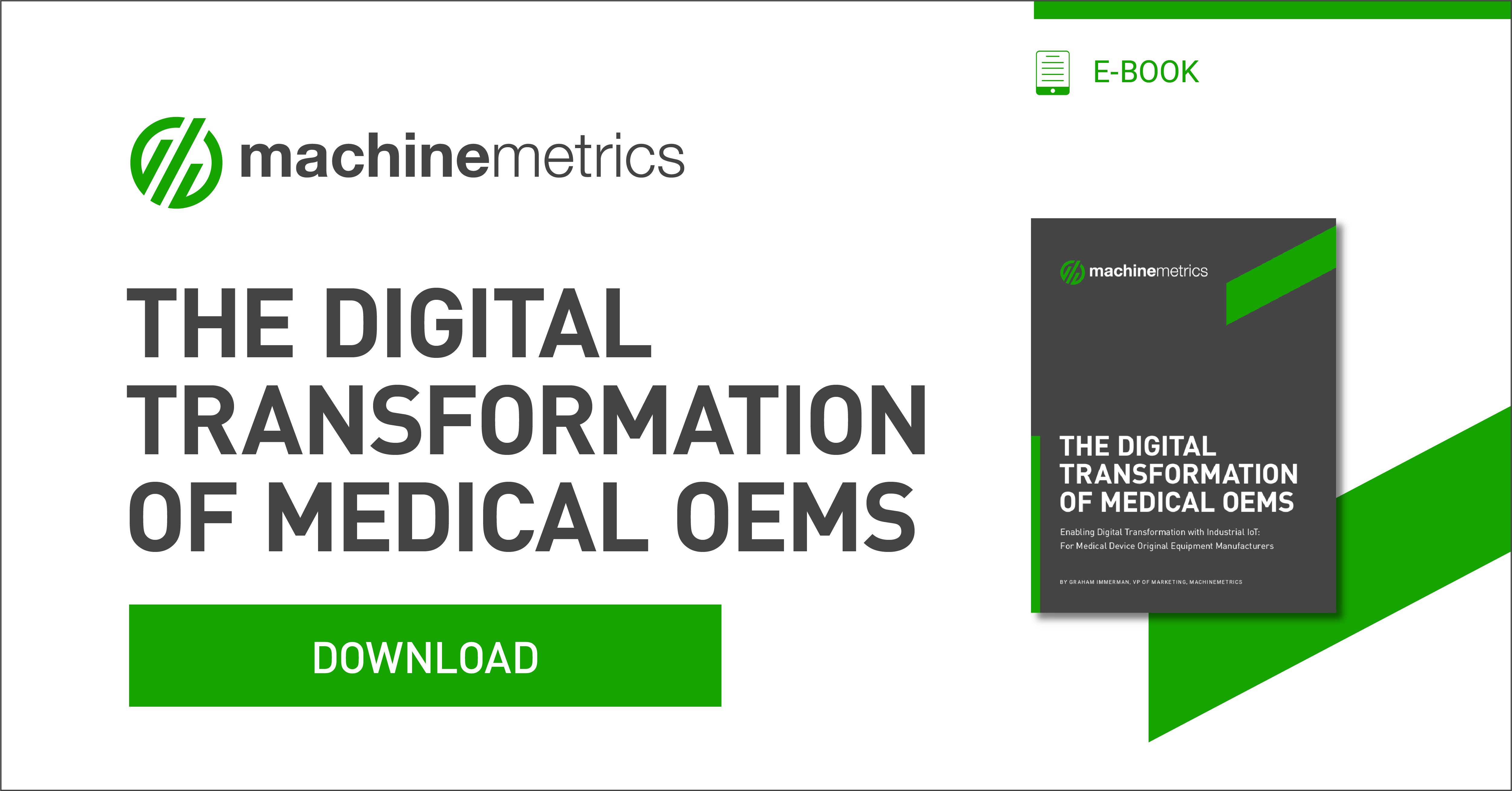Key Takeaways:
- Industry 4.0 technologies are transforming medical device manufacturing with automation and precision.
- Smart manufacturing enables real-time monitoring and predictive maintenance.
- These advancements improve product quality and reduce production costs.
The fourth industrial age is here to stay and an expected 5-10% increase in productivity is just one of the many wins for the manufacturing industry. Manufacturers of heavy-duty equipment used by the medical technology industry are also expected to reap the rewards of digital transformation.
The business models that digital transformation supports include condition-based monitoring, predictive maintenance, asset performance management, remote machine monitoring, data-driven plant performance optimization, and a host of others. To take advantage of these models, OEMs must first execute a successful implementation of the digitalization program required to acquire shop floor data and handle analytics. Here are 5 tips to ease this process for medical device OEMs.
Industry 4.0 Business Models for Medical Device OEMs
1. Create an Implementation Plan
Every production cycle is guided by a master production plan which takes into consideration each subsection of the manufacturing activity. A digital transformation implementation plan can be likened to the master production plan your facility uses to ensure everyone is on the same page. An excellent plan starts with considering what aspects of your operations need to be digitally transformed and what the results of this are expected to be.
If remote machine monitoring or reducing unplanned downtime is the goal, then the implementation plan would focus on selecting the best IIoT solution to collect machine data. The IIoT platform chosen must also analyze captured data to recognize the cause of downtime or to define machine performance.
2. Understand your Unique Situation and Challenges
The dilemmas that niche manufacturers face are in many cases different from those of the average discrete or continuous manufacturer. Medical device OEMs need to overcome several challenges such as the need to increase revenue while selling equipment that defies commoditization. The industry also struggles with offering value to customers who believe the cost of purchasing and maintaining this manufacturing equipment is rising quickly.
With the above scenarios in mind, the application or use cases for implementing digital transformation models should focus on optimizing productivity while reducing scrap. Providing additional value-based services such as remote maintenance initiatives, or benchmark industry data, is possible through the integration of IIoT and Edge computing solutions.
3. Expand your Use of Data
The data a lot of manufacturers capture from the shop floor is used to determine overall equipment effectiveness levels, while ignoring other use cases to optimize shop floor operations. This should not be the outcome as machine data tells you more about other situations surrounding the manufacturing process.
Examples include the use of machine data to develop predictive maintenance strategies, discovering shortfalls in operator schedules, and standardizing the quality of throughput coming from your facilities. Thus, a digital transformation strategy must not be siloed to fix just one issue but create an interconnected network that provides answers to diverse problems.
4. Understand the Differences with Digital Transformation Technologies
Although most digital transformation technologies are expected to work together to achieve a common goal, differences exist in the capacity, features and use cases of these technologies. A Cloud computing solution differs from that of Edge computing in specific ways and this also applies to the features of an Industrial IoT platform and an average IoT platform.
IIoT platforms provide supportive features for analyzing industry-specific data. It also bolsters the integration of other industrial software systems and the development of custom applications. This type of platform is more suitable for medical device manufacturers attempting to build a smart, connected factory.
5. Choose the Best IIoT Vendor for your Implementation Plan
A best-in-class IIoT platform offers the tools, features and flexibility to help you manage the tons of data coming from the shop floor. It should also be as near plug-and-play when carrying this out and come with adequate after-sales support to ensure you get the most from your digital transformation strategy.
You can find detailed answers about how to choose the best IIoT platform for your medical device OEM by downloading the complete eBook: The Digital Transformation of Medical Device OEMs.



.png?width=1960&height=1300&name=01_comp_Downtime-%26-Quality_laptop%20(1).png)


.gif)









Comments